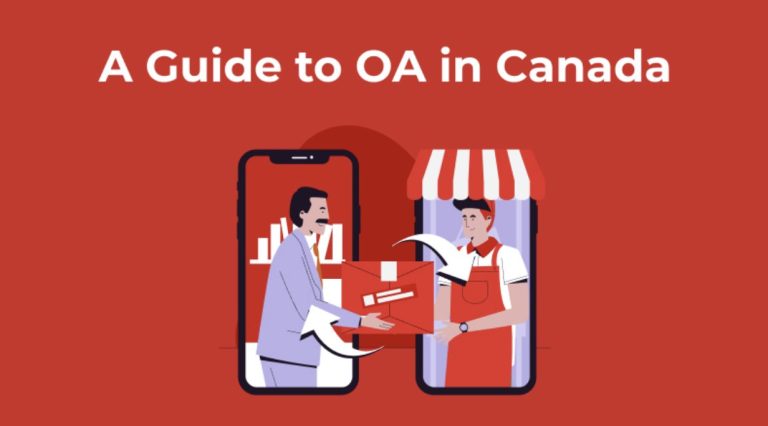Introduction
A confident smile can leave a long impression, and many individuals seek ways to improve their teeth look. At www.denmarkstreetdentalpractice.co.uk, they provide skilled cosmetic bonding services, a solution meant to address small dental flaws. With their focus on accuracy and looks, they help patients achieve smiles that exude confidence and beauty.
Recognizing Cosmetic Bonding
Cosmetic bonding, or dental bonding, adds a tooth-colored plastic to the teeth’ surfaces. This treatment is flexible, covering a variety of dental issues such as:
- Chipped or cracked teeth
- Discoloration or staining
- Gaps between teeth
- Uneven tooth shapes
- Shortened teeth caused by wear
At www.denmarkstreetdentalpractice.co.uk, they ensure that bonding materials match natural teeth. This creates an excellent finish.
Why Patients Choose Cosmetic Bonding at www.denmarkstreetdentalpractice.co.uk
Patients often turn to www.denmarkstreetdentalpractice.co.uk for their high-quality care and results. Their team values individual wants while giving several advantages:
- Experienced Cosmetic Dentists: They hire highly skilled pros who shine in cosmetic dentistry. Their dentists take the time to analyze each patient’s tooth structure and suggest the most suitable bonding method.
- High-Quality Materials: The clinic uses superior adhesive resins that offer longevity and natural looks. These materials are immune to marks and designed for long-lasting performance.
- Comfortable Treatments: Cosmetic bonding is a slightly invasive process, and their patients often enjoy the painless nature of the treatment. With little to no planning needed, the process is both quick and stress-free.
How They Perform Cosmetic Bonding
The team at www.denmarkstreetdentalpractice.co.uk takes an organized and careful method to ensure excellent results. Here’s a step-by-step description of their makeup gluing process:
Step 1: Consultation and Assessment
The first time they visit is to see the patient’s goals and evaluate the teeth. This is how to join right before one turns 18.
Step 2: Preparation
Cosmetic bonding is less invasive than other dental treatments require and so there’s far less planning involved. Rarely, anesthetic is not required, and the tooth surface is gently scraped to improve the bond.
Step 3: Applying the Resin
They take a tooth colored plastic and place that in the tooth surface and they start to sculpt and form it to a certain degree to get them the look that you want. It gives a relatable and health perspective.
Step 4: Hardening and Finishing
Using a hardening light, they strengthen the plastic, followed by cleaning to match the shine of the nearby teeth. The result is a beautiful smile that fits exactly with the patient’s real teeth.
Advantages of Cosmetic Bonding
At www.denmarkstreetdentalpractice.co.uk, they stress cosmetic bonding’s benefits. It’s a popular choice among their patients.
- Quick Results: As cosmetic bonding is often finished with you in a single visit, it’s an excellent choice for busy people.
- Cost-Effective: Bonding is a cheap option compared with other cosmetic treatments and results in big physical changes.
- Natural Appearance: Their use of high-quality glue ensures that the joined teeth are nearly indistinguishable from real teeth.
- Versatility in Applications: Whether fixing chips, gaps, or stains, bonding offers a wide range of options suited to individual needs.
Ideal Candidates for Cosmetic Bonding
They often suggest cosmetic bonding for individuals who want to fix minor tooth flaws without extensive treatments. This treatment is great for those trying to:
- Repair small chips or cracks in their teeth
- Brighten darkened teeth without veneers
- Close small gaps between teeth
- Reshape crooked teeth for a more uniform smile
Their team reviews each case carefully, ensuring the suggested treatment fits with the patient’s dentistry goals.
Caring for Bonded Teeth
To increase the life of glued teeth, they urge people to follow these care tips:
- Maintain Oral Hygiene: Regular brushing and cleaning are vital. They keep natural and bonded teeth healthy.
- Avoid Staining Foods: Limit coffee, tea, and other stain-causing foods. This can help keep the resin’s color.
- Protect Teeth from Damage: A mouthguard in sports and avoiding hard foods can prevent wear on bonded teeth.
Visit www.denmarkstreetdentalpractice.co.uk for regular check-ups. They will keep the bonded teeth in great shape.
What Sets Them Apart
At www.denmarkstreetdentalpractice.co.uk, they pride themselves on providing excellent cosmetic dentistry services. Their focus on patient care and new methods has won them a name for greatness.
State-of-the-Art Technology: Using the most up to date dental instruments, they get the specific and exact treatments.
Dedicated Team: A team of pros who care about every customer and make sure a safe and good experience for every customer.
Comprehensive Dental Services: Instead of just cosmetic bonding, they offer treatments. Teeth cleaning, getting veneers or even braces are included. This ensures they are providing all their patients with their dental needs.
Reviews from Satisfied Patients
Patients often share their happiness with the results at www.denmarkstreetdentalpractice.co.uk. Many note the clinic’s helpful staff, professional approach, and changing dental results.
Schedule Your Appointment Today
For a better smile with cosmetic bonding, visit www.denmarkstreetdentalpractice.co.uk. Their team is ready to help. They offer treatments for specific tooth issues. Their knowledge and dedication will help patients gain confident smiles.
For more information or to book an appointment, they ask customers to explore their website and learn how their cosmetic gluing services can make a difference.












 Bitcoin
Bitcoin  Ethereum
Ethereum  Tether
Tether  XRP
XRP  USDC
USDC  TRON
TRON  Lido Staked Ether
Lido Staked Ether  Cardano
Cardano  Avalanche
Avalanche  Toncoin
Toncoin  Wrapped SOL
Wrapped SOL